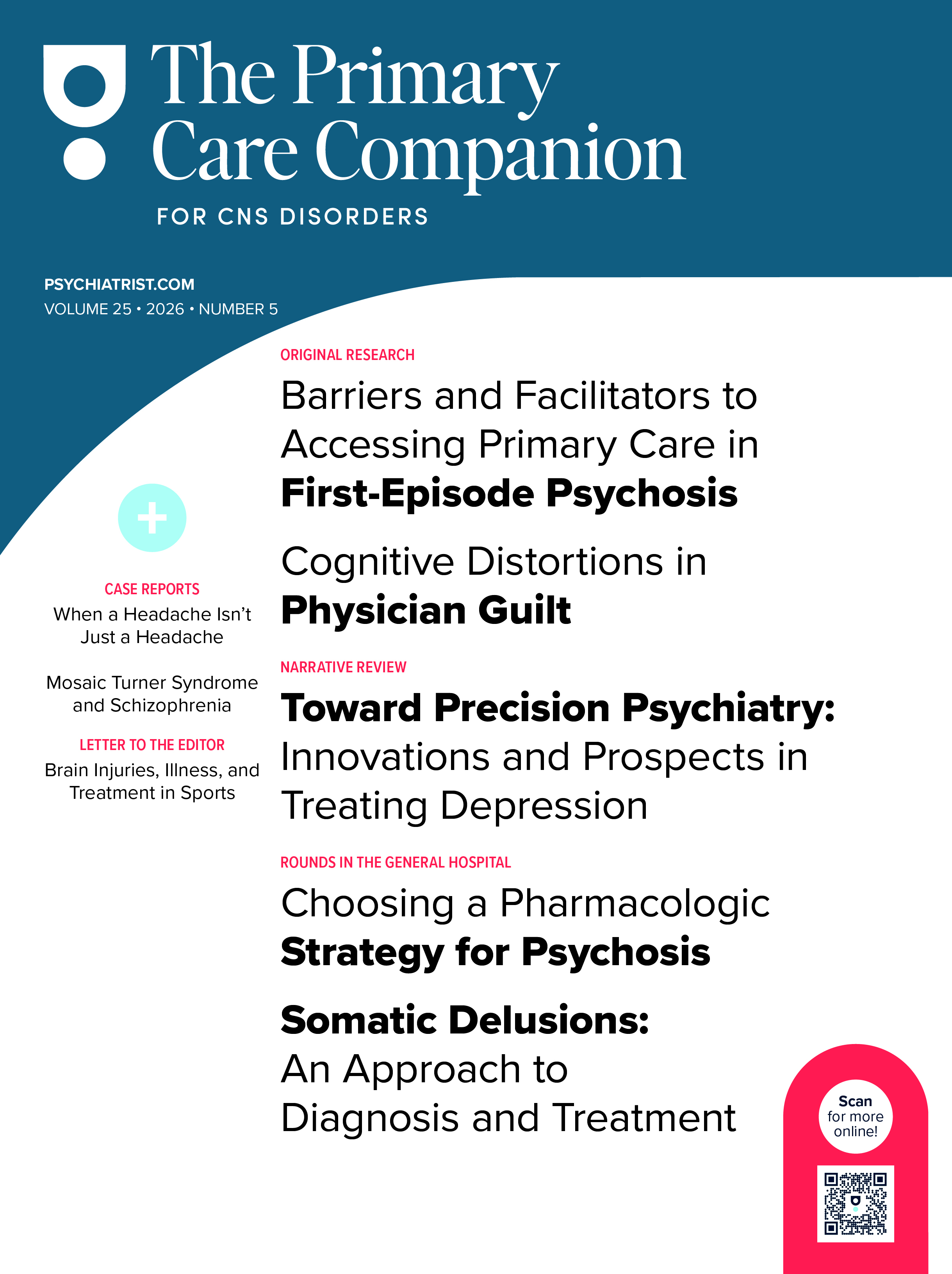Article Abstract
Generalized anxiety disorder (GAD) was defined relatively recently, and the diagnostic criteria are still being refined. The essential feature of the disorder has changed from persistent anxiety to excessive worry, and the required symptom duration has changed from 1 month to 6 months. Additionally, exclusion criteria involving permissibility of the diagnosis in children and wording regarding the relationship of GAD with mood disorders have changed. Nosologic controversies still surround the criteria for excessive worry, symptom duration, the relationship between GAD and major depressive disorder, and the required number of associated symptoms. Alterations in the criteria have been suggested, but more research is needed on the validity of these proposed changes. Generalized anxiety disorder appears to be highly prevalent. In the United States, the lifetime prevalence of DSM-IV GAD is estimated to be about 5% and the current prevalence to be about 2% to 3%. The disorder is differentially prevalent across gender and ethnic and social groups. The course of GAD is chronic and can be exacerbated by poor family relationships, comorbid cluster C personality disorders, and comorbid Axis I disorders. Impairment and suicidal ideation are associated with GAD.
Download Free PDF
This PDF is free for all visitors!


